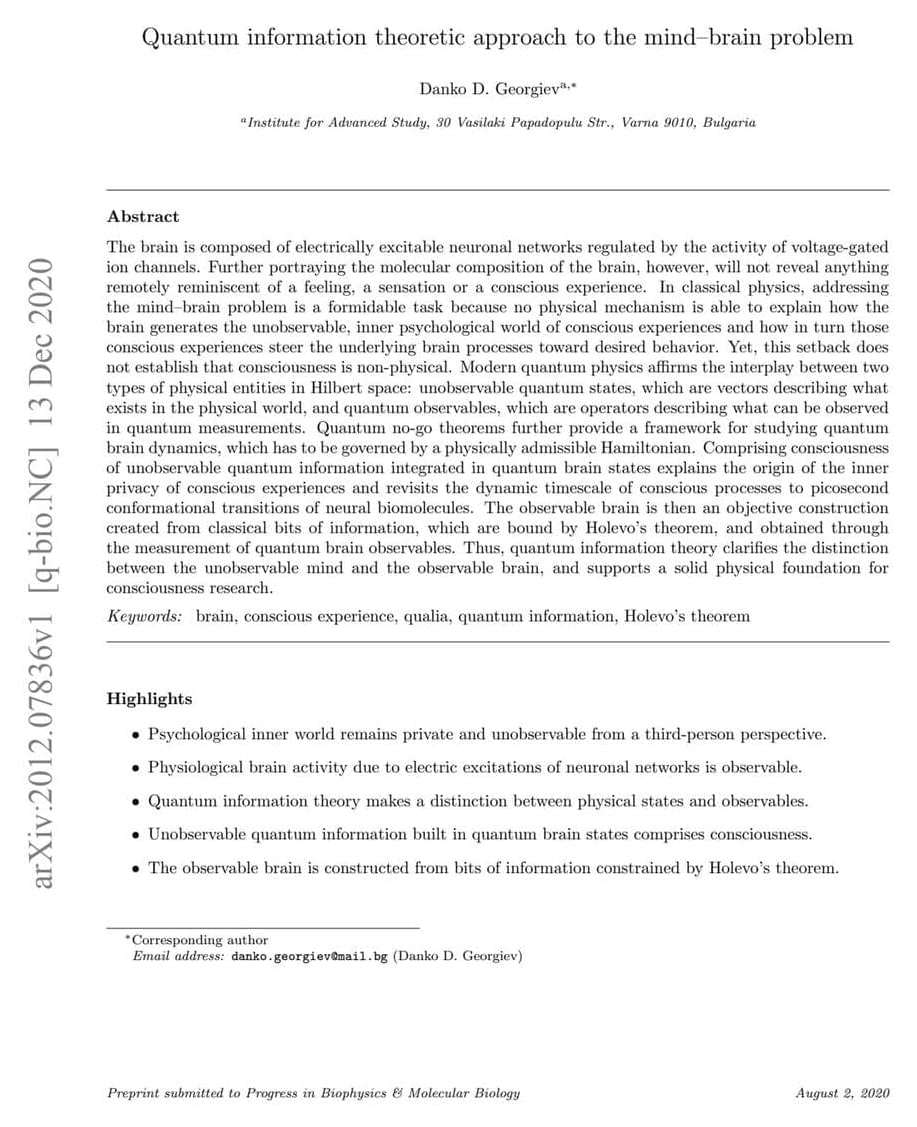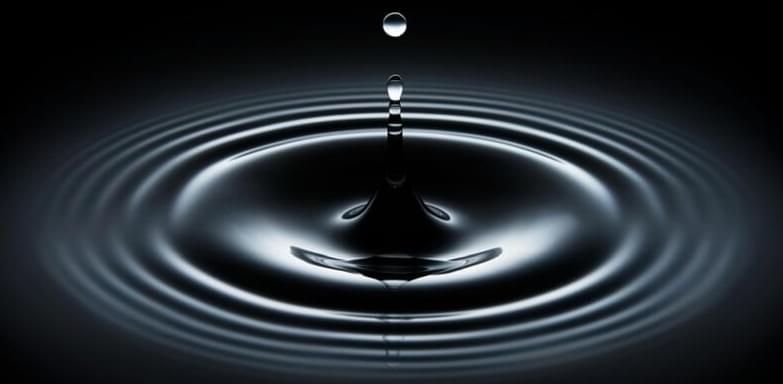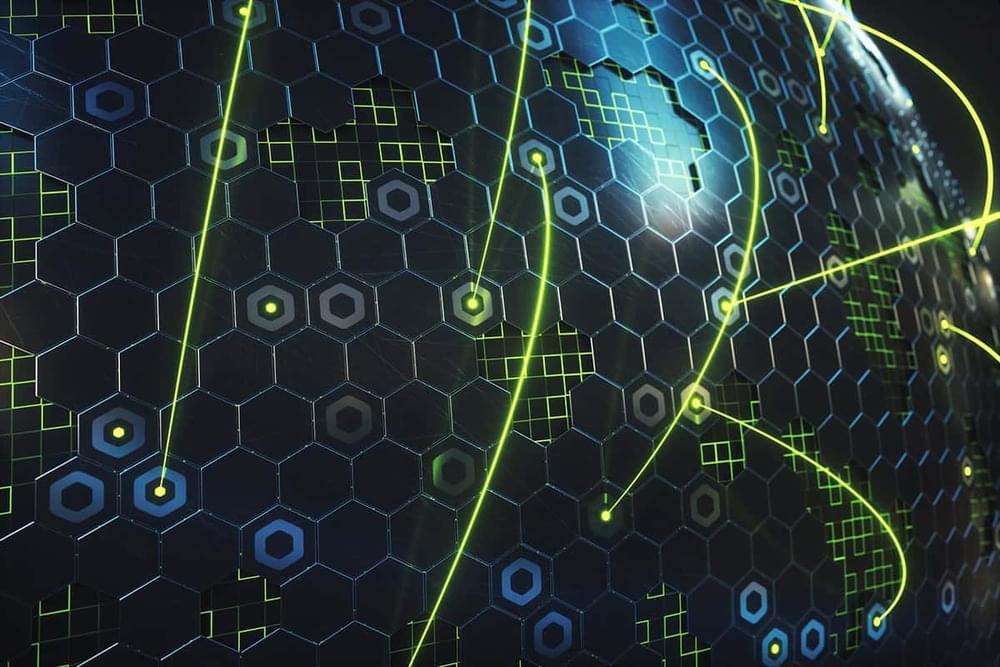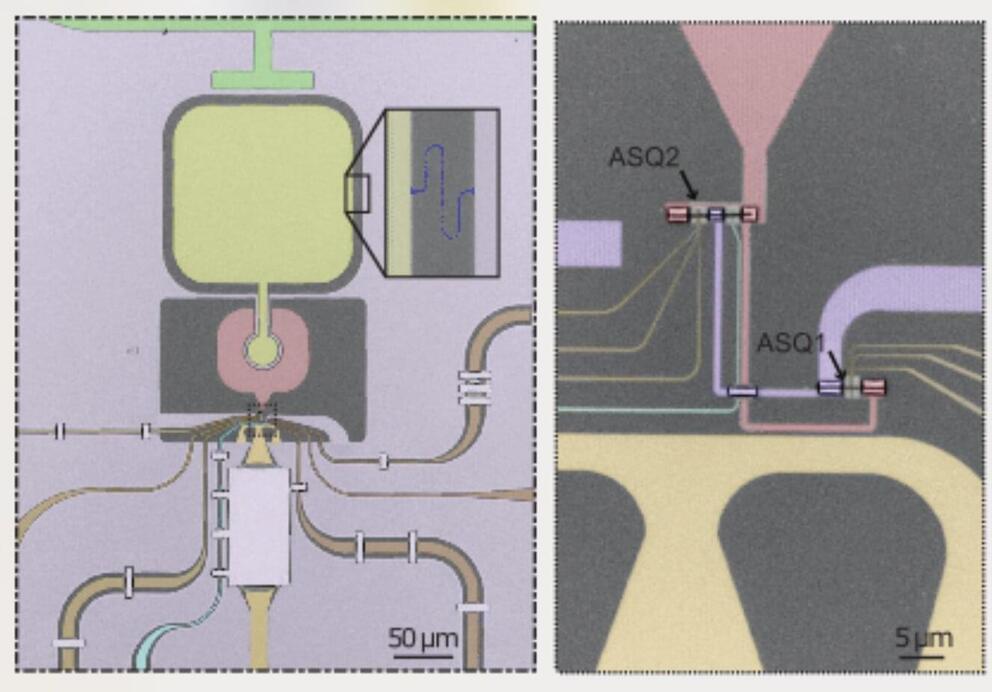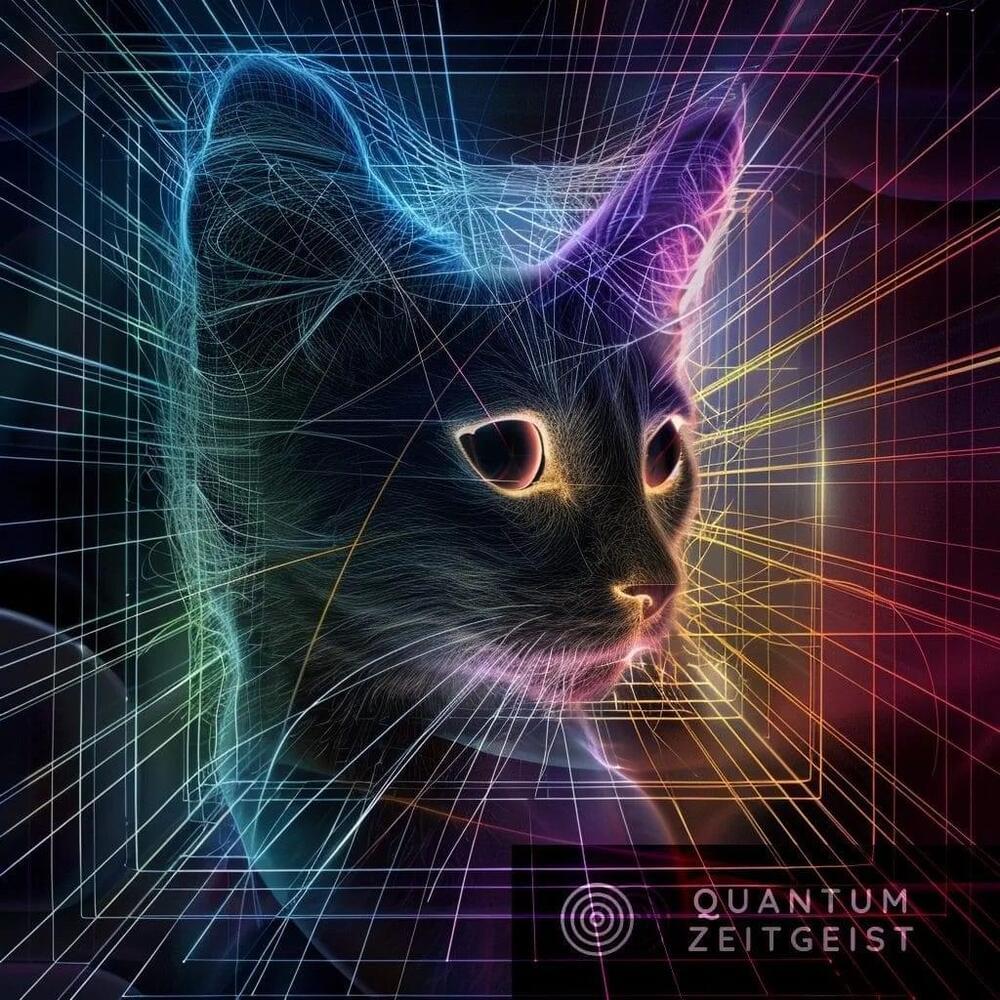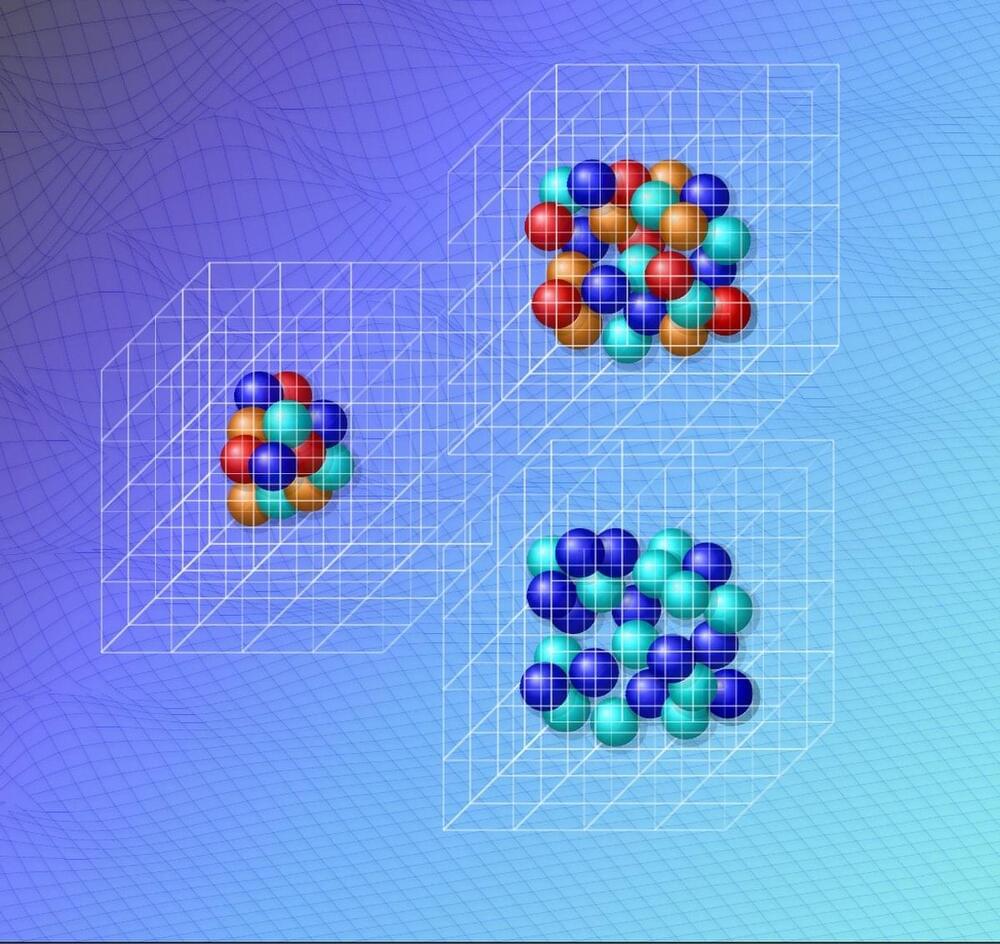I found this on NewsBreak.
The Schrödinger’s Cat Experiment, a paradox illustrating the concept of superposition in quantum mechanics, has been reinterpreted by Purdue University’s Professor Arkady Plotnitsky. His perspective, based on “reality without realism” (RWR) interpretations, suggests that the reality behind quantum phenomena is beyond conception. This view repositions classical physics as part of fundamental physics, a role typically reserved for quantum physics and relativity. This new interpretation challenges traditional understanding of the experiment and suggests our comprehension of reality is insufficient to fully grasp quantum phenomena. This perspective opens new research avenues in quantum physics and emphasizes the importance of philosophical considerations in physics study.
The Schrödinger’s Cat Experiment is a thought experiment proposed by physicist Erwin Schrödinger. It is a paradox that illustrates the concept of superposition in quantum mechanics. The experiment involves a cat that is placed in a sealed box with a radioactive source and a poison that will be released when the radioactive source decays. According to quantum mechanics, the cat is both alive and dead until the box is opened and the cat’s state is observed.
The experiment has been the subject of much debate and interpretation in the field of quantum physics. It challenges our understanding of reality and the nature of existence. The experiment is often used to illustrate the bizarre and counterintuitive nature of quantum mechanics, which operates on a scale that is far removed from our everyday experience.
